Alberta
Nuclear in the mix for Alberta’s energy future

Alberta’s government is inviting Albertans, Indigenous communities and industry to join the conversation on nuclear energy in the province.
Alberta is launching a public engagement to explore nuclear energy’s potential to meet the future needs of families, businesses and communities. As part of the first phase, Alberta’s government is appointing an expert panel to engage with people across the province, as well as launching a public survey to help inform a nuclear energy roadmap for Alberta.
With increasing demand for electricity, fuelled by population growth, many jurisdictions in Canada and around the world are advancing nuclear energy development. As a source of safe, reliable, emissions-free energy, nuclear power has emerged as a viable option for growing energy needs while supporting responsible decarbonization goals. It also has the potential to enhance grid reliability and affordability, create jobs and help power new, energy-intensive industries and technologies.
“Alberta is at the centre of Canada’s growth, and with that growth comes the responsibility to secure the next generation of energy. Nuclear power has the potential to expand our grid, support new industries and keep pace with rising demand. This engagement gives Albertans a real voice in shaping our future, while positioning our province to lead the way in innovative, responsible energy development.”
Danielle Smith, Premier
“As demand for electricity grows, affordability and reliability must remain at the heart of our system. Exploring nuclear energy is about ensuring Albertans have access to dependable, emissions-free power that can support families, businesses and communities for generations.”
Nathan Neudorf, Minister of Affordability and Utilities
The Nuclear Energy Engagement and Advisory Panel will lead a range of engagement activities, gather input and deliver a report with recommendations on how Alberta could enable a nuclear energy industry. The panel will be chaired by Affordability and Utilities Parliamentary Secretary Chantelle de Jonge and includes five additional members with diverse experience and leadership in industry, academia and Indigenous government:
Deron Bilous, senior vice-president of Western Canada, Counsel Public Affairs
Tim Boston, principal, Boston Edge Strategies Inc.
Stephen Buffalo, president and CEO, Indian Resource Council of Canada
Rudiger Tscherning, fellow on Nuclear Law and Policy, University of Calgary
Harrie Vredenburg, professor of Strategy and Global Management, University of Calgary
“Nuclear power has the potential to play an important part in meeting Alberta’s future energy needs. I’m proud to lead a panel that will provide people in Alberta with the opportunity to have their say and shape the future of energy in our province.”
Chantelle de Jonge, parliamentary secretary, Affordability and Utilities
The Nuclear Energy Development survey is available online and will be open until Sept. 25. Feedback will inform future engagement activities. Alberta’s government has also proactively reached out to Indigenous communities across the province to help determine the best approach for meaningful engagement and to foster early relationship building. Industry, municipalities, Indigenous communities and others are also invited to share their input through an online request for information which will be open until Oct. 25.
“Nuclear energy is ready to meet Alberta’s growing needs. We applaud the province’s forward-thinking leadership in exploring nuclear’s ability to provide a secure and prosperous energy future.”
George Christidis, president and CEO, Canadian Nuclear Association
The next phase of engagement will feature in-person meetings and engagement sessions with Indigenous communities, municipalities and industry and begin later this year. Engagement activities will continue into 2026.
Alberta
Equalization program disincentivizes provinces from improving their economies
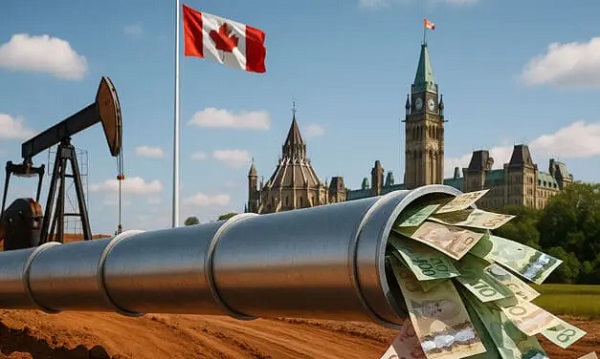
From the Fraser Institute
By Tegan Hill and Joel Emes
As the Alberta Next Panel continues discussions on how to assert the province’s role in the federation, equalization remains a key issue. Among separatists in the province, a striking 88 per cent support ending equalization despite it being a constitutional requirement. But all Canadians should demand equalization reform. The program conceptually and practically creates real disincentives for economic growth, which is key to improving living standards.
First, a bit of background.
The goal of equalization is to ensure that each province can deliver reasonably comparable public services at reasonably comparable tax rates. To determine which provinces receive equalization payments, the equalization formula applies a hypothetical national average tax rate to different sources of revenue (e.g. personal income and business income) to calculate how much revenue a province could generate. In theory, provinces that would raise less revenue than the national average (on a per-person basis) receive equalization, while province’s that would raise more than the national average do not. Ottawa collects taxes from Canadians across the country then redistributes money to these “have not” provinces through equalization.
This year, Ontario, Quebec, Manitoba and all of Atlantic Canada will receive a share of the $26.2 billion in equalization spending. Alberta, British Columbia and Saskatchewan—calculated to have a higher-than-average ability to raise revenue—will not receive payments.
Of course, equalization has long been a contentious issue for contributing provinces including Alberta. But the program also causes problems for recipient or “have not” provinces that may fall into a welfare trap. Again, according to the principle of equalization, as a province’s economic fortunes improve and its ability to raise revenues increases, its equalization payments should decline or even end.
Consequently, the program may disincentivize provinces from improving their economies. Take, for example, natural resource development. In addition to applying a hypothetical national average tax rate to different sources of provincial revenue, the equalization formula measures actual real-world natural resource revenues. That means that what any provincial government receives in natural resource revenue (e.g. oil and hydro royalties) directly affects whether or not it will receive equalization—and how much it will receive.
According to a 2020 study, if a province receiving equalization chose to increase its natural resource revenues by 10 per cent, up to 97 per cent of that new revenue could be offset by reductions in equalization.
This has real implications. In 2018, for instance, the Quebec government banned shale gas fracking and tightened rules for oil and gas drilling, despite the existence of up to 36 trillion cubic feet of recoverable natural gas in the Saint Lawrence Valley, with an estimated worth of between $68 billion and $186 billion. Then in 2022, the Quebec government banned new oil and gas development. While many factors likely played into this decision, equalization “claw-backs” create a disincentive for resource development in recipient provinces. At the same time, provinces that generally develop their resources—including Alberta—are effectively punished and do not receive equalization.
The current formula also encourages recipient provinces to raise tax rates. Recall, the formula calculates how much money each province could hypothetically generate if they all applied a national average tax structure. Raising personal or business tax rates would raise the national average used in the formula, that “have not” provinces are topped up to, which can lead to a higher equalization payment. At the same time, higher tax rates can cause a decline in a province’s tax base (i.e. the amount of income subject to taxes) as some taxpayers work or invest less within that jurisdiction, or engage in more tax planning to reduce their tax bills. A lower tax base reduces the amount of revenue that provincial governments can raise, which can again lead to higher equalization payments. This incentive problem is economically damaging for provinces as high tax rates reduce incentives for work, savings, investment and entrepreneurship.
It’s conceivable that a province may be no better off with equalization because of the program’s negative economic incentives. Put simply, equalization creates problems for provinces across the country—even recipient provinces—and it’s time Canadians demand reform.
Alberta
Provincial pension plan could boost retirement savings for Albertans

From the Fraser Institute
By Tegan Hill and Joel Emes
In 2026, Albertans may vote on whether or not to leave the Canada Pension Plan (CPP) for a provincial pension plan. While they should weigh the cost and benefits, one thing is clear—Albertans could boost their retirement savings under a provincial pension plan.
Compared to the rest of Canada, Alberta has relatively high rates of employment, higher average incomes and a younger population. Subsequently, Albertans collectively contribute more to the CPP than retirees in the province receive in total CPP payments.
Indeed, from 1981 to 2022 (the latest year of available data), Alberta workers paid 14.4 per cent (annually, on average) of total CPP contributions (typically from their paycheques) while retirees in the province received 10.0 per cent of the payments. That’s a net contribution of $53.6 billion from Albertans over the period.
Alberta’s demographic and income advantages also mean that if the province left the CPP, Albertans could pay lower contribution rates while still receiving the same retirement benefits under a provincial pension plan (in fact, the CPP Act requires that to leave CPP, a province must provide a comparable plan with comparable benefits). This would mean Albertans keep more of their money, which they can use to boost their private retirement savings (e.g. RRSPs or TFSAs).
According to one estimate, Albertans’ contribution rate could fall from 9.9 per cent (the current base CPP rate) to 5.85 per cent under a provincial pension plan. Under this scenario, a typical Albertan earning the median income ($50,000 in 2025) and contributing since age 18, would save $50,023 over their lifetime from paying a lower rate under provincial pension plan. Thanks to the power of compound interest, with a 7.1 per cent (average) nominal rate of return (based on a balanced portfolio of investments), those savings could grow to nearly $190,000 over the same worker’s lifetime.
Pair that amount with what you’d receive from the new provincial pension plan ($265,000) and you’d have $455,000 in retirement income (pre-tax)—nearly 72 per cent more than under the CPP alone.
To be clear, exactly how much you’d save depends on the specific contribution rate for the new provincial pension plan. We use 5.85 per cent in the above scenario, but estimates vary. But even if we assume a higher contribution rate, Albertan’s could still receive more in retirement with the provincial pension plan compared to the current CPP.
Consider the potential with a provincial pension contribution rate of 8.21 per cent. A typical Albertan, contributing since age 18, would generate $330,000 in pre-tax retirement income from the new provincial pension plan plus their private savings, which is nearly one quarter larger than they’d receive from the CPP alone (again, $265,000).
Albertans should consider the full costs and benefits of a provincial pension plan, but it’s clearly Albertans could benefit from higher retirement income due to increased private savings.
-
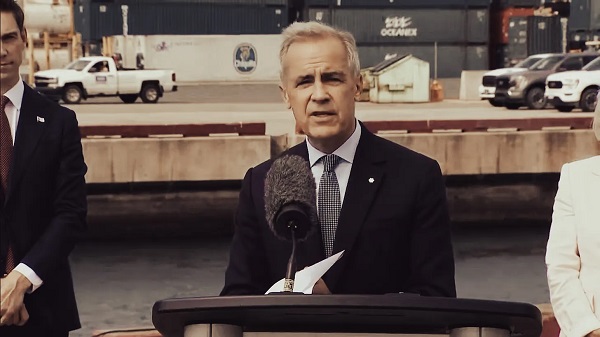
 Business2 days ago
Business2 days agoMark Carney’s Climate Competitiveness Pitch Falls Flat
-

 Business2 days ago
Business2 days agoCanada Post is broken beyond repair
-
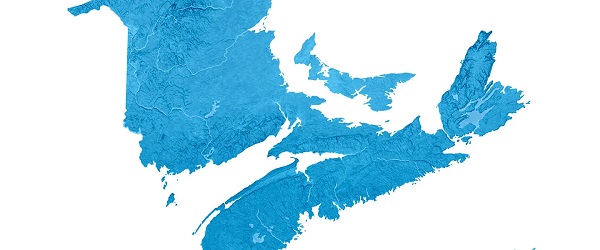
 Alberta2 days ago
Alberta2 days agoMaritime provinces can enact policies to reduce reliance on Alberta… ehem.. Ottawa
-

 Business2 days ago
Business2 days agoCanada can’t allow so many people to say ‘no’ to energy projects
-

 International2 days ago
International2 days agoNepal Tried To Censor The Internet. Young People Set Parliament on Fire.
-

 Crime2 days ago
Crime2 days agoCharlotte train killer hit with federal murder charge, faces max penalty
-
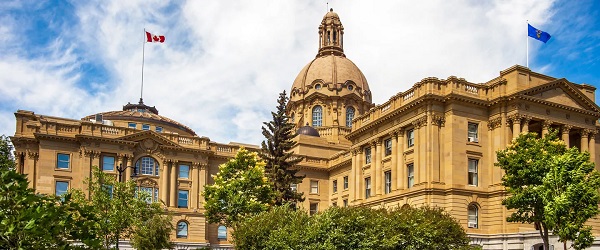
 Alberta2 days ago
Alberta2 days agoYes Alberta has a spending problem. But it has solutions too
-
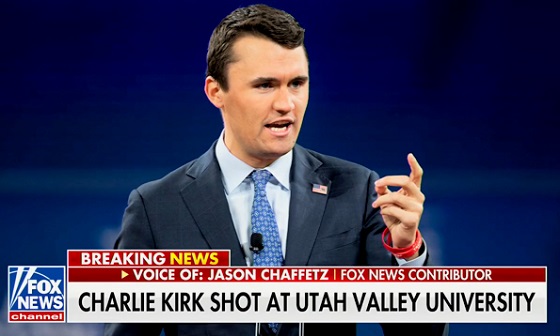
 Crime22 hours ago
Crime22 hours agoConservative speaker and celebrity Charlie Kirk shot during Q & A event at Utah Valley University









